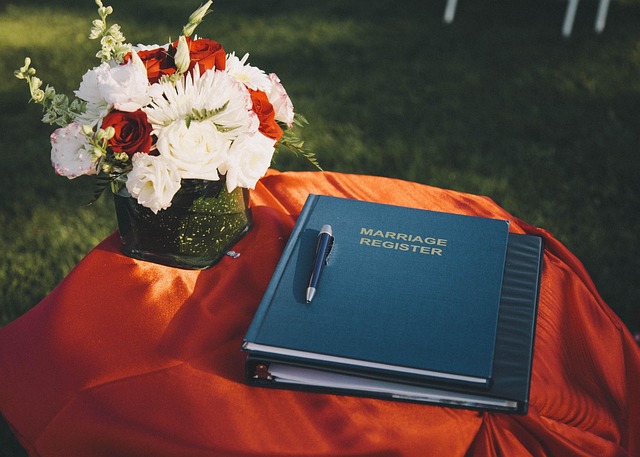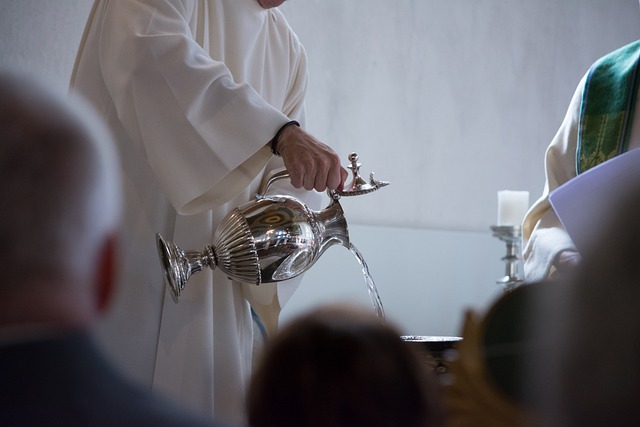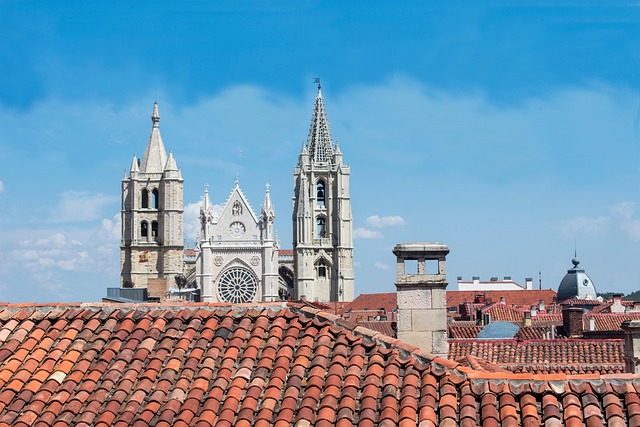We navigate different linguistic landscapes every single day. The way you speak to a friend is different from how you address your boss, or how you might write a formal email. This variation based on context, purpose, and audience is what linguists call registry.” While we might not consciously think about it, we intuitively shift between these modes depending on the situation. But perhaps no context highlights this shift quite as profoundly, or with as much deliberate intention, as religious ritual.
Step into a sacred space – a temple, a church, a mosque, a shrine, or even a quiet clearing used for ancient rites – and you often step into a distinct linguistic world. This is where the concept of language registry becomes palpable. The language spoken, chanted, sung, or recited during religious rituals is frequently set apart from everyday speech. It might employ archaic terms, specific formulas, unique pronunciations, or a particular cadence that signals its special nature.
Why do religious traditions often maintain such distinct language registries? Several reasons intertwine. Firstly, it imbues the ritual with a sense of sacredness and reverence, elevating the communication beyond the mundane. Secondly, it connects participants to a long lineage of tradition, echoing the voices of generations past who used the same words or phrases. This shared language can foster a deep sense of belonging and continuity within a community.
The features of this religious registry can vary widely. It might involve:
- The use of specific, sometimes ancient, scripts or languages (like Latin, Classical Arabic, Sanskrit, Hebrew).
- Archaic vocabulary or grammatical structures no longer common in daily conversation (“Thee,” “Thou,” specific verb endings).
- Formulaic phrases, prayers, or responses repeated precisely each time.
- A different rhythm, intonation, or volume than regular speech, such as chanting or solemn recitation.
- Symbolic language, metaphors, and allegories specific to the religious tradition’s narratives and beliefs.
For those participating in the ritual, encountering this distinct language registry can be a powerful experience. It helps to mark the space and time as separate from the ordinary, facilitating a transition into a more contemplative or spiritual state. It can feel like unlocking a door to something timeless, connecting the individual to the divine, the community, and the historical depth of their faith. It’s a language not just of communication, but of transformation and connection, woven into the very fabric of the ritual itself.



